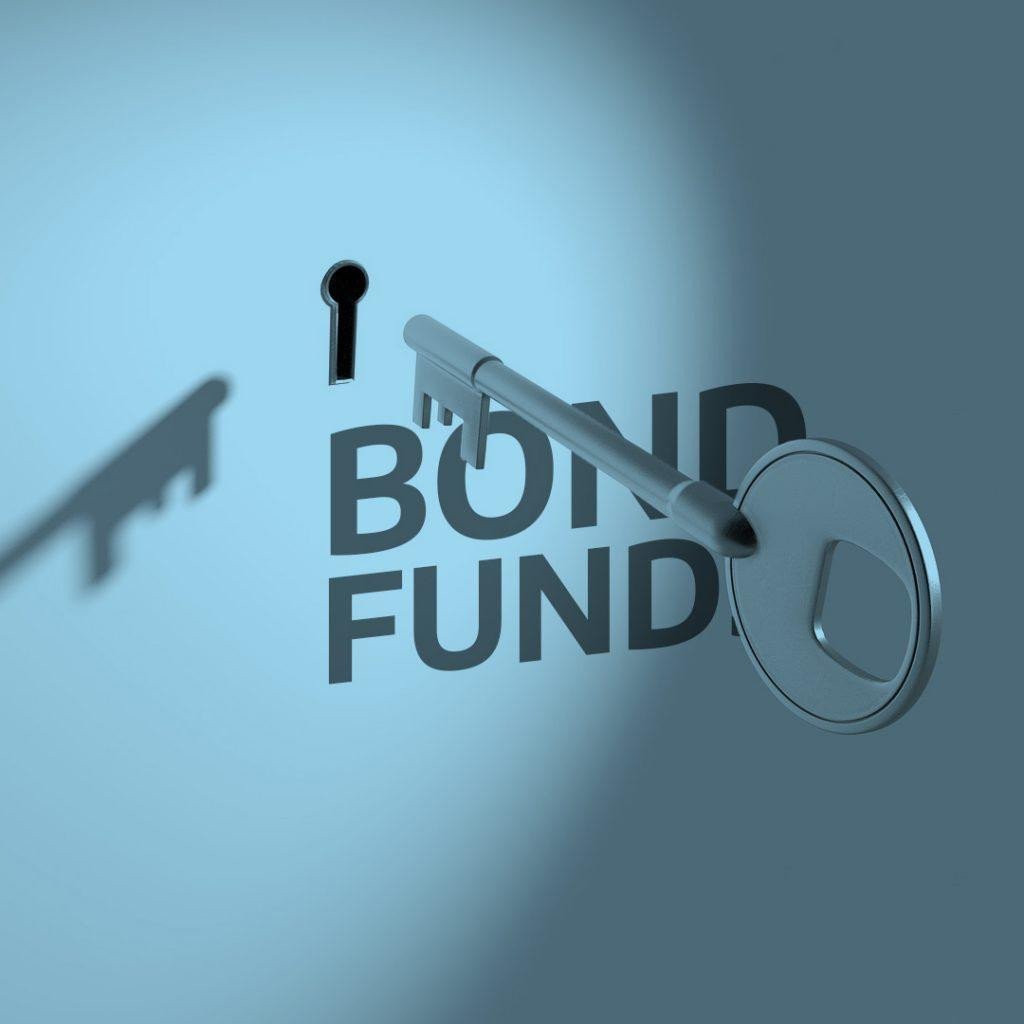Bond Funds Flourish Amidst Market Uncertainty
European investors poured a record €48.4 billion (£41.3 billion) into long-term Europe-domiciled funds during July, with fixed-income strategies being the clear winners. This surge, which brought the total inflows to €188.7 billion (£160.8 billion) since the start of 2024, was driven by a growing appetite for safe havens amidst concerns of a looming market crash in August.
According to Morningstar's Asset Flows report, the surge in monthly inflows came on the back of strong interest in fixed income strategies, which attracted €42.6bn of net inflows in July, marking the strongest month since June 2019. This influx of capital reflects a cautious approach adopted by investors seeking stability in the face of global market volatility.
The Rise of Fixed Income Strategies
The influx into fixed income funds was particularly notable during July, with investors injecting €42.6bn, the highest monthly inflow since June 2019. This trend is attributed to investors seeking safe havens amidst fluctuating global equity performance and concerns about a potential economic downturn.
A Shift Towards Passive Investing
While equity funds did attract €10.1bn of inflows from European investors, this was entirely attributable to passive funds, which gained €12.5bn over the month. Active equity strategies, on the other hand, experienced net outflows, underlining a shift towards more cost-effective, passive investment options.
The Unwinding of the Yen Carry Trade
The retreat into bond funds was fueled by a growing apprehension about a potential market crash in August, with anxieties peaking towards the end of July. A series of disappointing results from major American tech companies, exemplified by Nvidia's over 12 percent drop in July, fueled these anxieties.
This apprehension was further exacerbated by the unwinding of the yen carry trade, a complex financial strategy involving borrowing in low-interest rate currencies like the yen to invest in higher-yielding assets. This unwinding led to a sharp sell-off in Japanese equities, further contributing to the overall market jitters.
Impact Across Sectors
The market volatility also had a discernible impact across different investment sectors. Allocation strategies, for instance, suffered their 14th consecutive month of negative flows, losing €2.9bn. In contrast, money market funds witnessed significant inflows, attracting €32.6bn, highlighting their appeal as a safe haven in times of market uncertainty.
Sustainable Investments: A Mixed Bag
Sustainable investment strategies saw a mixed performance in July. Article 8 funds, often considered ‘light green’ funds, had their best month since January 2023, attracting over €20bn. However, Article 9 funds, known as ‘dark green’ strategies, continued to experience outflows, losing €797m for the tenth consecutive month.
A Look at Asset Gatherers
M&G, with its Asian local currency bond fund, emerged as a top asset gatherer, attracting significant inflows. On the other hand, BlackRock faced substantial outflows from its Japan Equity 1 fund. This divergence underscores the prevailing investment trends, with investors favoring fixed income strategies and Asian markets while retreating from Japanese equities.
Conclusion: Navigating Market Volatility
The record-breaking inflows into bond funds in July serve as a clear indicator of investor sentiment. Investors are increasingly seeking safety and stability amidst growing concerns about a potential market crash, leading to a shift towards fixed-income strategies, particularly those with passive structures. As global markets grapple with uncertainty and volatility, investors are likely to remain cautious and prioritize strategies that offer downside protection and stable returns.


















